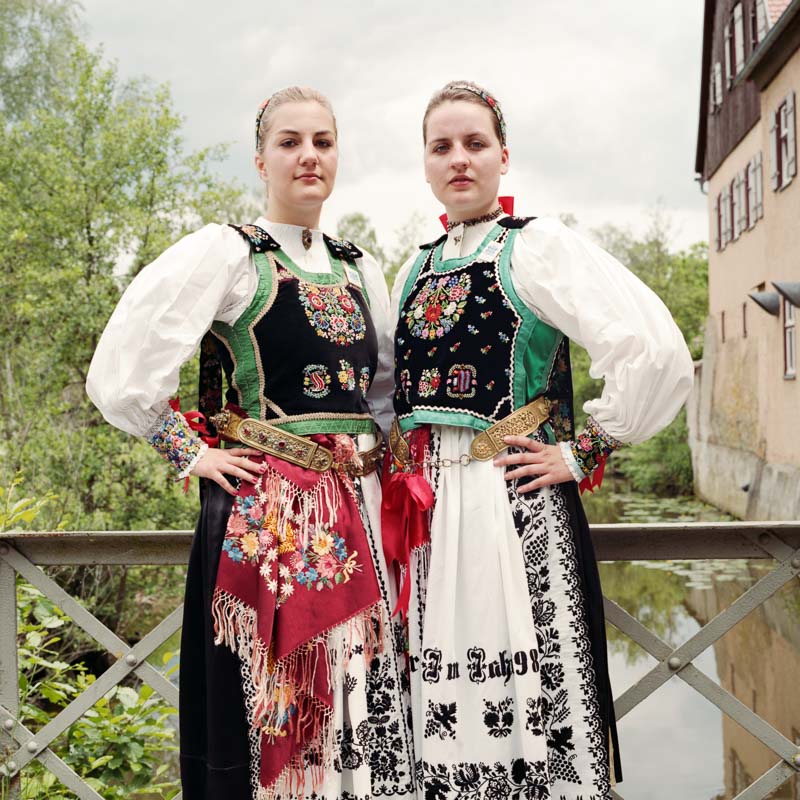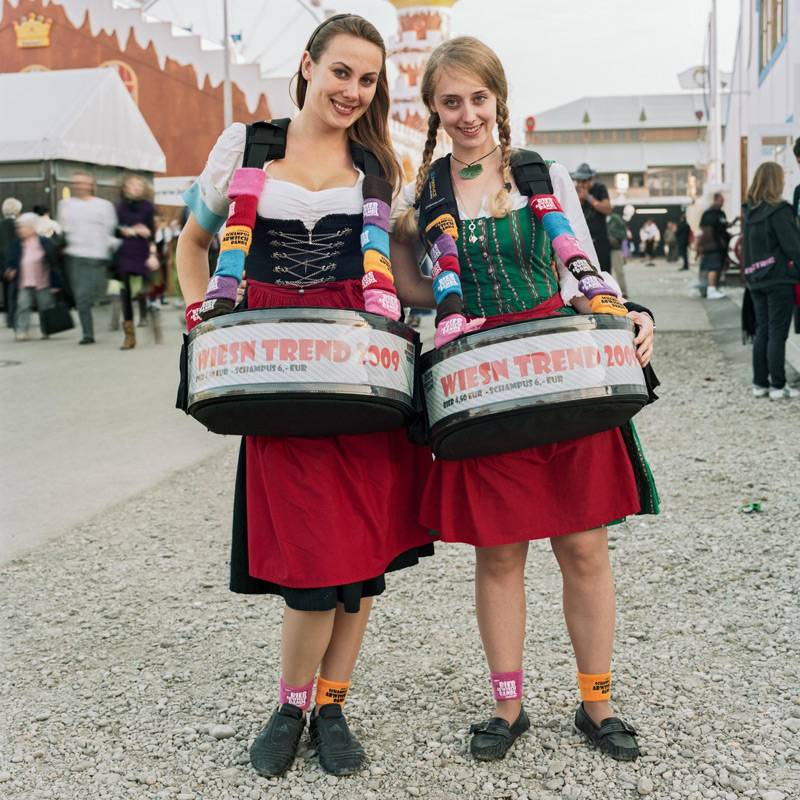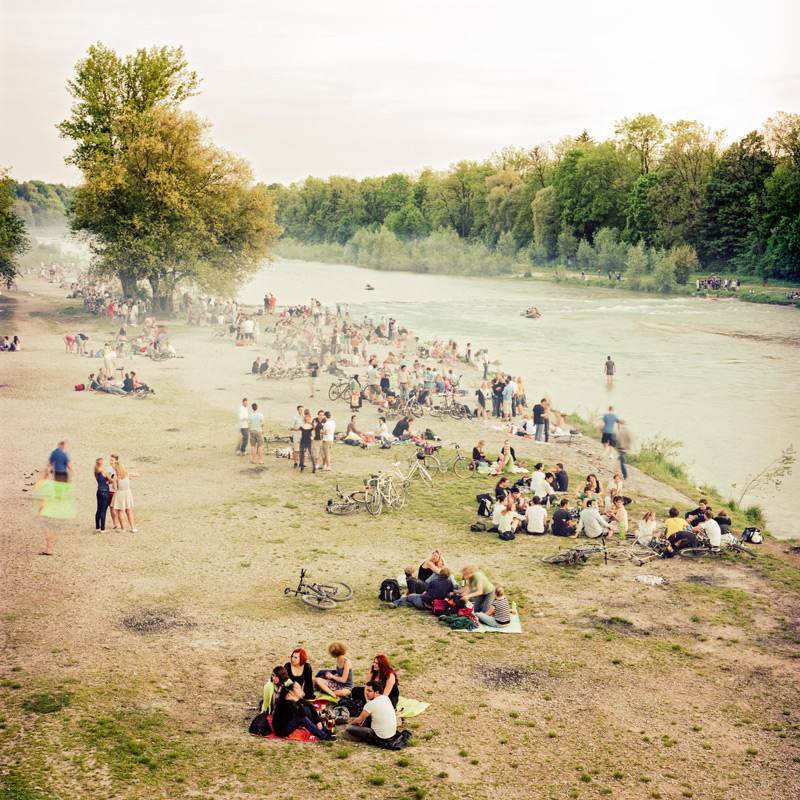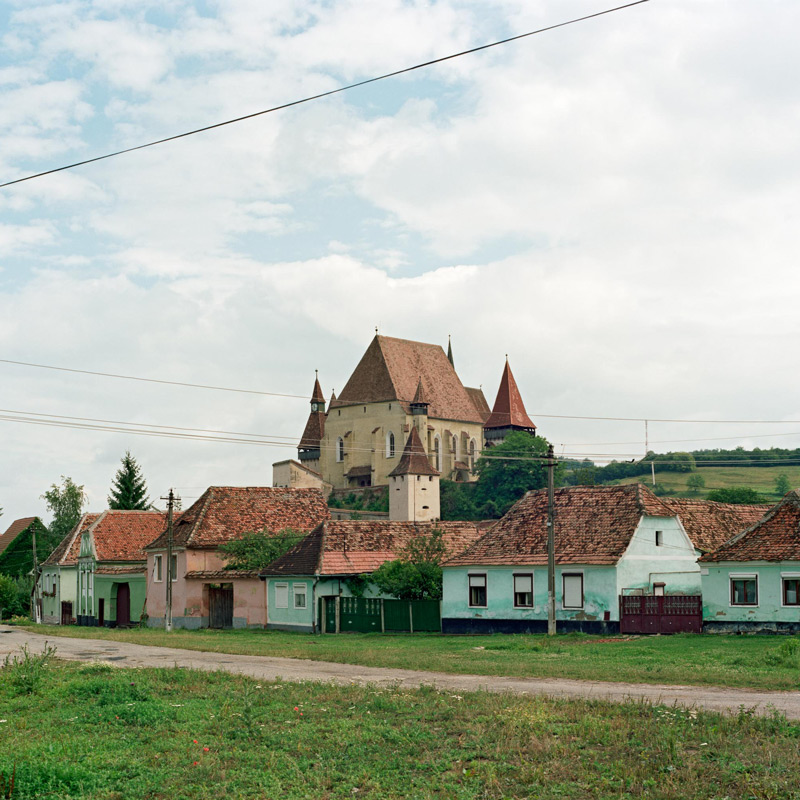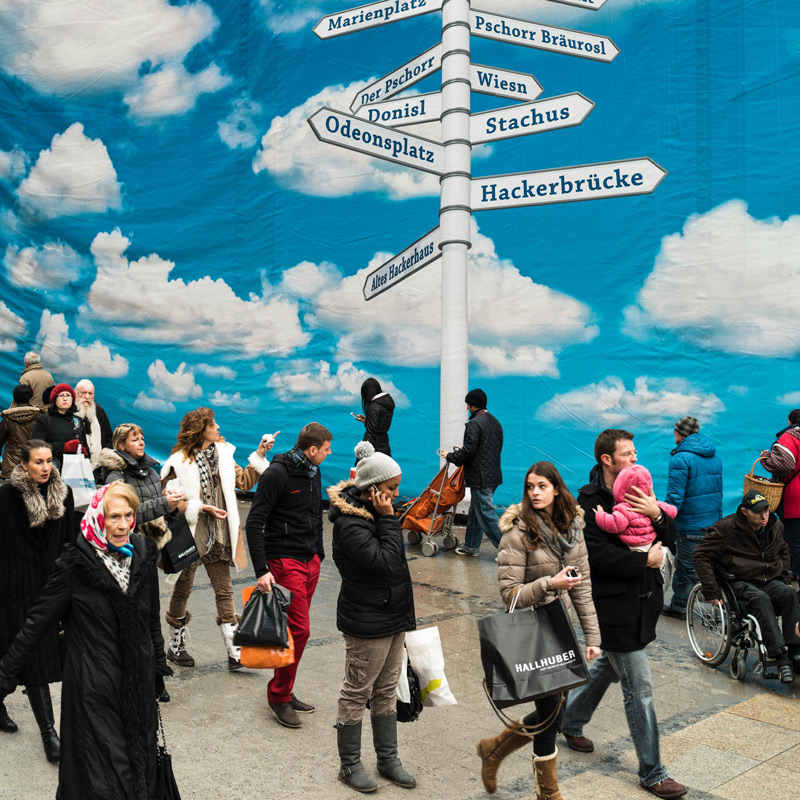Transylvanian traditional costumes photographed in May 2012 at the meeting of the Transylvanians in Dinkelsbühl.
Category: Unkategorisiert
München Oktoberfest
Statement für dieses Projekt folgt in Kürze.
Oktoberfest Portraits (1)
The Oktoberfest in Munich has become the most famous folk and beer festival in the world.
At the end of the 90s and especially in the course of the 2000s, the Oktoberfest, parallel to its growing popularity, turned more and more into a kind of Bavarian costume festival. The spectrum of this clothing ranges from low cost traditional costume fabric cover-ups, cheap mass-produced costumes to more expensive fashionable creations with a traditional flair. Even fringe groups benefit from the diversity of costuming at Oktoberfest, these wear their “own” traditional costume, no matter how extreme or different.
However, you can still see the original traditional clothing that exists apart from fashion and are typical of certain regions and traditions. However, this type of traditional costume clothing is rarely seen or only on a few days.
Particularly noticeable at the Oktoberfest are the colorful fairground and beer tent crowd and the rampant consumption of alcohol, which is not without consequences. It is a continuous state of exception that lasts for more than two weeks.
All these aspects together form a unique frame for the portrayed people, who are ultimately the most interesting thing about this folk festival.
Dacia & Chauffeur
During the communist period in Romania, the Dacia 1300, a copy of the Renault 12 made in Romania, was more or less the only car you could buy. Thus, until 1989, over 90% of the cars on Romania’s roads were Dacias.
My parents of course had a Dacia too and when it was sold, a Dacia followed again, the only new thing was the color, sometimes white, sometimes dark green, then butter yellow and so on. Although I always felt sick in the back seat as a child, I liked driving the Dacia very much. I have seen and experienced almost all of Romania with the Dacia, my parents were very enthusiastic about traveling.
On the one hand, with the series Dacia & Chauffeur I try to revive the memories of a childhood utopian time, where at least about the car everybody was the same. The car didn’t matter, what mattered was where you drove it, which friends you visited or the places you saw with it.
Twenty years after the fall of communism, this vehicle is still present on Romania’s roads. But it is no longer a sign of equality but of inequality, it is the car of the poor who do not have several thousand euros to afford a newer one. It is important for me to show the drivers in this series because with this I want to show my respect and sympathy for these people.
Isarleben
Isarleben (Life along the Isar) – Part 1
The Isar divides Munich, over a length of more than 20 kilometers, into almost two equal parts. Despite this, the city only reaches the banks of the river in a few places. One feels in the middle of nature although one is in the middle of the city.
As a result, the banks of the Isar, some of which are very wide, strongly attract city inhabitants. On weekends and especially in the long summer evenings, the Isar is a promenade, a barbecue, a sports field, a bathing place and an oasis of relaxation for Munich’s city dwellers.
Watching the crowds, the individual groups of people, down to the single individual is fascinating. The river landscape, which looks as if left to nature, but is ultimately completely designed and tamed by man, becomes a paradisiacal setting without any danger. It is a place populated by people who follow only their desire and enjoyment, living in the moment of the present and willing to forget the past of the city.
This series consists of landscapes full of people, where the crowd is the subject and portraits where individual personalities become visible.
Isarleben – Portraits
Isarleben – Part 2 (Portraits)
The Isar divides Munich, over a length of more than 20 kilometers, into almost two equal parts. Despite this, the city only reaches the banks of the river in a few places. One feels in the middle of nature although one is in the middle of the city.
As a result, the banks of the Isar, some of which are very wide, strongly attract city inhabitants. On weekends and especially in the long summer evenings, the Isar is a promenade, a barbecue, a sports field, a bathing place and an oasis of relaxation for Munich’s city dwellers.
Watching the crowds, the individual groups of people, down to the single individual is fascinating. The river landscape, which looks as if left to nature, but is ultimately completely designed and tamed by man, becomes a paradisiacal setting without any danger. It is a place populated by people who follow only their desire and enjoyment, living in the moment of the present and willing to forget the past of the city.
This series consists of landscapes full of people, where the crowd impresses and portraits, the close-up, where individual personalities become visible.
Villages in Transylvania
The cities in Transylvania, as in the whole of Romania, have developed strongly after the fall of communism, the market economy has in many ways brought the image of the cities into line with that of Western Europe. The situation is different in rural areas. Here, time seems to have stood still, and so-called progress seems to arrive here only slowly.
Even after more than 20 years after the fall of the iron curtain, I still find here the images of my childhood, the idylls that make the rest of the world forget for moments and make time stand still.
Portraits Land
Statement for this project will follow shortly
Kommunistische Viertel
In the 60’s to the beginning of the 80’s in Romania, as everywhere else in the world, cities were massively expanded with high-rise residential buildings. In Romania, these quarters were propagated by the communist party as a symbol of socialist achievements. Here, the proletariat was supposed to live smartly and in much better conditions than under capitalism.
As a child, I often went with my parents to visit relatives or friends who lived in these neighborhoods, so I strongly associate these areas with the communist period in Romania. I was very impressed by these large blocks of houses, by the long boulevards along which these houses were lined up, but also somewhat disturbed by a certain desolation that prevailed in these neighborhoods.
More than 20 years after the fall of communism, I visited these neighborhoods again. With my camera, I captured the changes since that time. The most striking transformations are the huge colorful advertising billboards that cover several floors and countless large churches that have been newly built between the apartment blocks.
However, the most important thing to me about this project are the people that can be found in this quarter. They represent the present and the city architecture is only their stage. In the pictures of this series the people are represented in diorama-like human scenes. The viewer (or photographer) is invisible and every single protagonist on the street is on his own way, from one place to another, embedded in his everyday life.
Note: individual images in this series were created from multiple shots. A collage allows me to better capture the impression about these people, their movement and the mood of the street in a single image. These images are intended less for quick viewing on the Internet but as large contemplative formats.
Choreographed Streets
If one looks at groups of people in painting, each protagonist is clearly visible, he is in a choreographed position that fits together well throughout the picture.
Can street photography, without influencing the people, show each individual from a clear perspective? Can the crowd on the street be shown in an aesthetically favorable configuration? How can one of the biggest disadvantages of photography, namely to capture only a moment, be broken? These questions led me to this project.
A single image in this series was not created by a single photograph, but by many, often hundreds of photographs. From this photographic raw mass the final image was created through digital collage.


